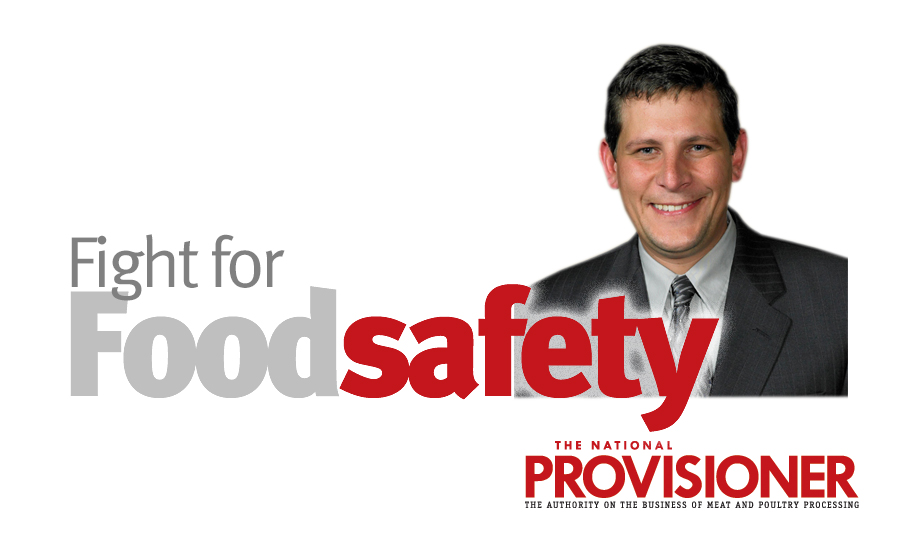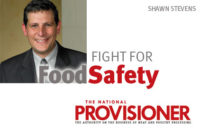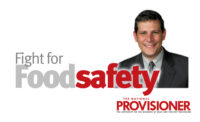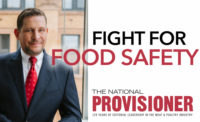I spend a lot of time writing about the incredible job that industry has done controlling E. coli O157:H7 and non-O157 STECs in meat products.
Unfortunately, while recalls relating pathogens have declined, the overall number of industry recalls seems to be increasing. So far this year, there have been nearly 100 recalls. In June alone, there were approximately 10, involving nearly 1 million pounds of meat products.
If you remain hopeful your company will never be involved in a recall, think again. And when that day comes, there are a few “rules of thumb” that you can prepare to follow. I call these the “four Cs of recall management”: containment, communication, compliance and closure.
Containment: The first and primary goal in any recall is always containment. When the phone rings and FSIS informs you that there may be a problem with your product, it is critical for you to quickly identify the underlying problem and contain the issue. For this reason, it is essential to have a system in place that will enable you to immediately identify which batch, and which finished products, might be implicated. While many companies give themselves 24 hours to accomplish this task, you should work toward the goal of accomplishing this in 30 minutes or less. The sooner the problem is contained, the sooner you will be able to limit your regulatory and liability exposure by preventing further distribution or additional consumers from being exposed.
Communication: Once the underlying issue has been identified and contained, you can begin communicating with your customers, the public and, if necessary, the media. When communicating directly with your customer and the public (often in the form of a recall release), you should detail the reason for the recall, identify with precision the specific affected products, identify which products are not, and explain what your customers should do with it. If the media calls, tell them you are happy to discuss the issue but have them e-mail their questions so you have ample time to review and think about the most appropriate response.
Compliance: After a recall is announced, FSIS will likely conduct a compliance visit to ensure all affected product was contained and the recall was properly communicated to your customers. FSIS will also likely spend a few days (or weeks) in your facility, conducting a comprehensive food safety assessment. Therefore, the moment you begin executing your recall plan, begin preparing for the inevitable visit from FSIS. Make sure all of your efforts are appropriately justified and documented so you can quickly and clearly convince FSIS that the scope and execution of the recall was appropriate and effective.
By following these three simple rules, you can effectively navigate the basic elements of any recall and have confidence knowing that you can bring any recall to our last C, which is closure. NP







